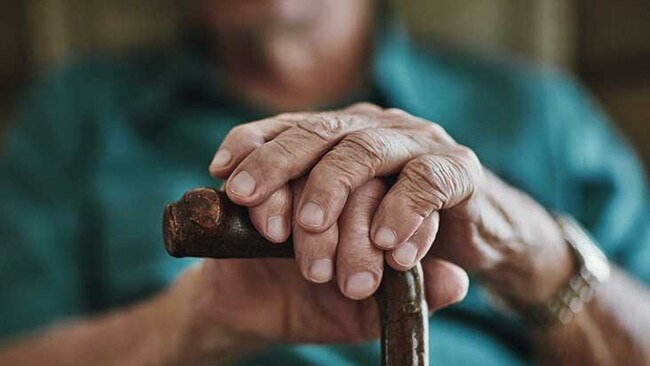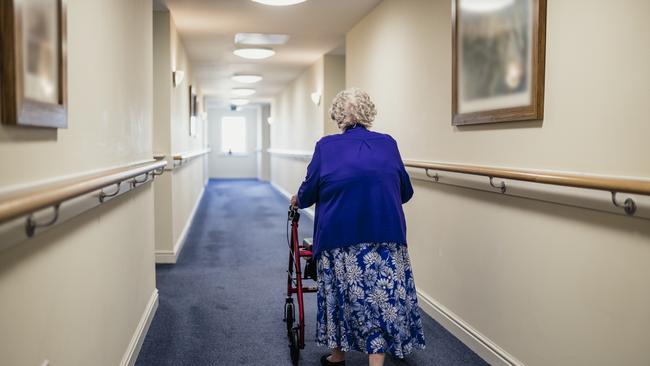Chalmers pivots aged care spend from nursing homes to in-home care
The Albanese government has declared it will move its aged care funding focus from nursing homes to in-home care supports as it lops $2.2bn from residential aged care support

Labor is cutting $2.2bn in funding for nursing homes over the next three years as it shifts its spending focus on in-home care, a move it says “reflects the increasing preference of older Australians to remain in their own homes”.
But the Albanese government will postpone until mid-2025 a new Support at Home program, and will stick with the current Commonwealth Home Support Program, citing concern from the sector that a longer lead time is necessary to get the settings right.
The Budget also confirms a new Aged Care Act, a key recommendation of the royal commission, won’t be introduced this year, with $82m set aside to deliver the new legislation, now planned to come into force in July 2024.
Citing the need for “budget repair”, the government said it had moved to reprioritise spending away from nursing homes by “temporarily” reducing the provision of government-funded aged-care places from 78 per 1000 people over 70 to 60.1.
Budget papers said the change catered for “the increasing preference of older Australians to remain in their own homes, (and) is expected to decrease payments by $2.2bn over three years from 2024-25”. Funding would be redirected to other government commitments in health and aged care. The budget also notes a further $1.7bn in savings over four years from 2023-24.

Nursing home occupancy rates have fallen from above 95 per cent to just over 90 per cent in recent years in the wake of revelations in the royal commission of poor care standards and also as a general reflection of consumer preferences as baby boomers hit older age.
Reflecting the changing preferences, the government will spend $167m to provide a further 9500 in-home care packages.
Aged care is expected to average 6.1 per cent growth across the forward estimates.
Aged care will cost the federal budget $32.7bn this financial year, rising to almost $40bn by 2026-27.
The numbers have been boosted by the Fair Work Commission’s interim decision in November to award a 15 per cent wage rise to more than 250,000 workers in the sector, which the government said would add $11.3bn over the forward estimates. The changes will see a registered nurse working in aged care earn almost $200 a week more, and personal care workers an extra $141 a week. Head chefs, cooks and recreational activity officers will get a $140-a-week rise.
“This pay rise will help retain, reward and recruit the hardworking people who care for our loved ones as they grow old,” Jim Chalmers said in his speech. “The message from our government to the aged-care workers of Australia is simple, you deserve every cent.”
Cost pressures will grow in the system as the nation’s population ages. While 4.4 million or 16.5 per cent of the population was 65 or over in 2022, that will rise to 5.6 million, or 18.3 per cent in a decade. For the 85+ group, who require the most costly supports, the numbers are projected to grow from 543,000 to 806,000.
The shift of funding away from nursing homes will be a blow to the residential aged-care sector, which is already in financial crisis.







To join the conversation, please log in. Don't have an account? Register
Join the conversation, you are commenting as Logout